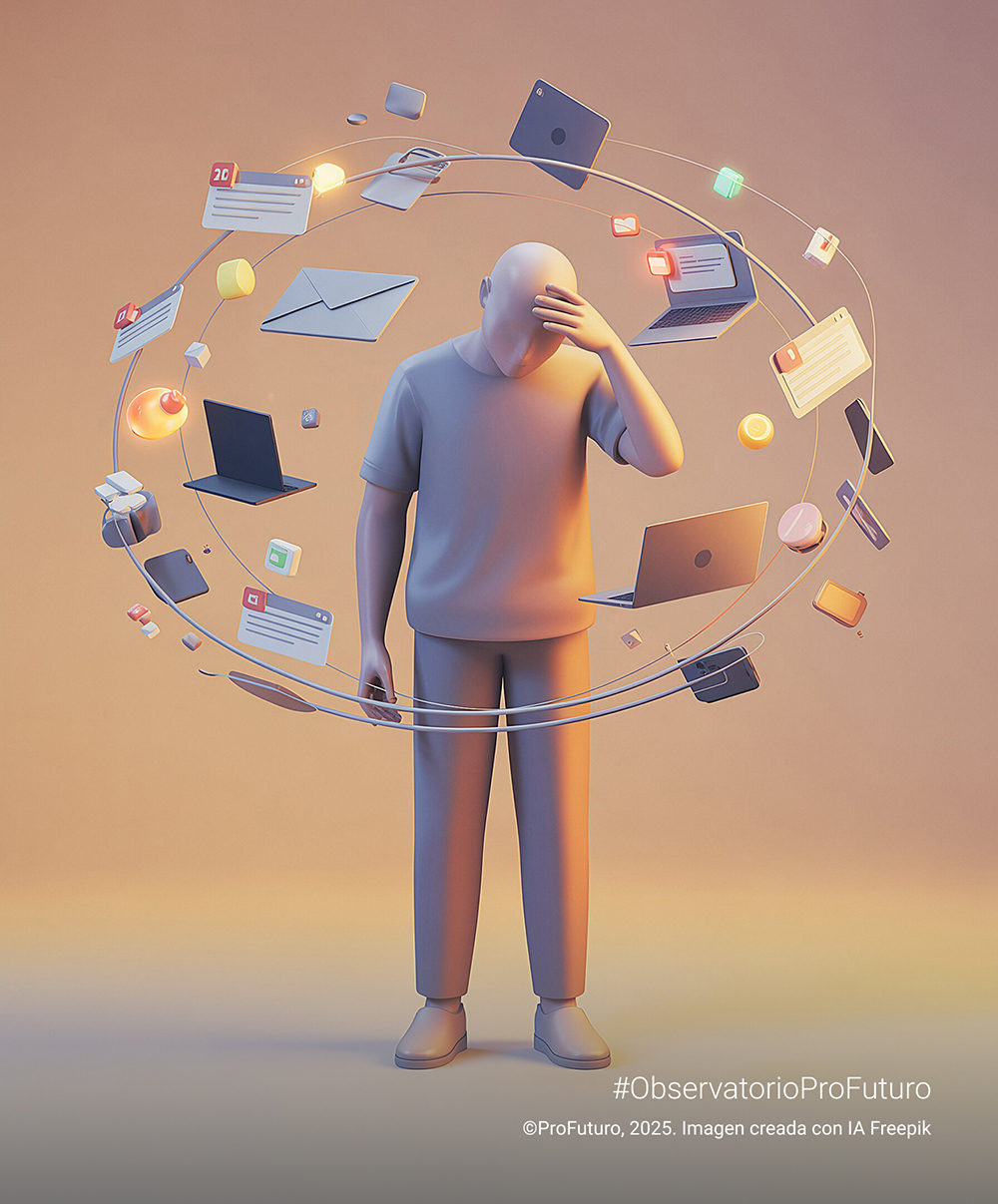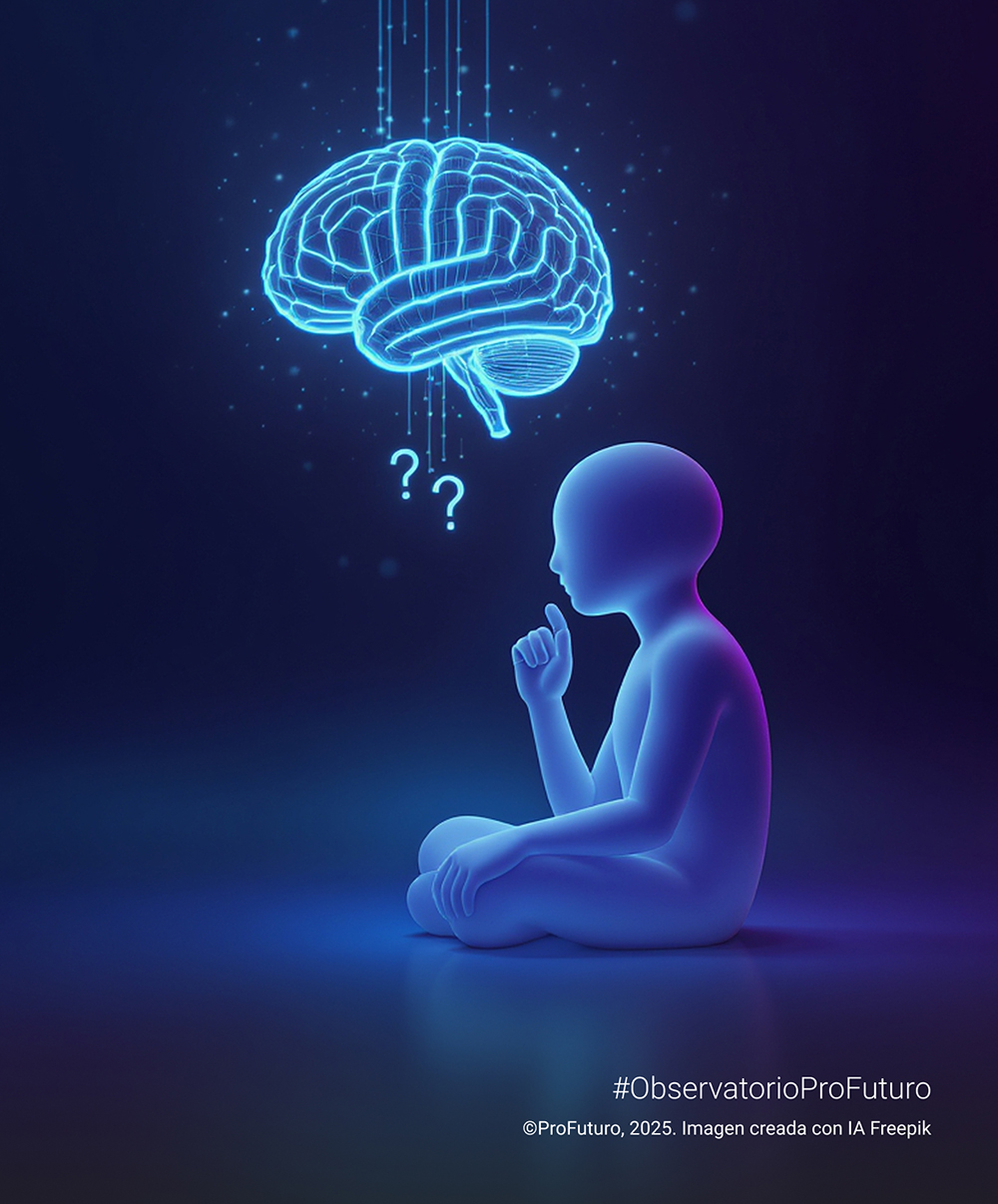According to the data provided by UNHCR, the number of forcibly displaced people totalled 82.4 million at the end of 2019. UNICEF’s data show that almost half of the above people are children; one in three children in the world live outside the country of their birth against their will, for reasons related to violence, armed conflicts and natural disasters. And they do so in conditions of extreme vulnerability and without access to basic services providing shelter, nutrition, health and, of course, education.
The same data provided by UNHCR (obtained before the pandemic) indicate that more than half of the 7.2 million refugee children of school-going age don’t actually attend school. The potential impact of this situation on the future of these children is devastating, as an uneducated child loses his/her chances of getting on in life. In these circumstances it’s essential to ensure that all displaced and refugee children receive high-quality, equitable and inclusive education to provide them with the skills they need to lead full lives brimming with opportunities. How is this being done? What are the main educational problems facing refugee children? What is the current state of education in these environments? How can digital education contribute to achieving these goals?
Barriers to equitable and high-quality education
Refugee children face a wide range of serious difficulties when it comes to accessing high-quality education in the same conditions as other children; they may miss months or even years of school as the travel, they have to learn new languages to attend school and take their exams, they’re unfamiliar with the administrative processes and lack documentation and school materials, many of them suffer traumas and have special psychosocial support needs and they live in situations of poverty and insecurity in which they face problems related to exploitation, stigmatisation and harmful social standards. And then there are the gender barriers that refugee girls in particular face.
Refugee girls: additional difficulties
As indicated above, refugee girls also face potential exploitation, sexual and gender-based violence, child marriages and early pregnancies that can keep them out of the educational system. However, education reduces girls’ vulnerability. A UNESCO report states that if all girls were to complete their primary education, child marriages would fall by 14% and, if they completed secondary school, the figure would plummet by 64%. According to another report drawn up by the same organisation, the education of refugee girls generates well-being and prosperity in their family environment and in their communities.
What are we doing to overcome these barriers?
The education of refugee children is one of the pillars of the work of UNHCR, which, in 2019, published Education 2030: A Strategy for Refugee Education. The aim of this strategy is to promote the conditions, associations and approaches that facilitate all refugees’ access to high-quality and equitable education, allowing them to learn, thrive and develop their full potential.
Setting specific goals
To bring about the above, the Global Framework for Refugee Education proposes goals in seven areas:
Three chief ones:
- The inclusion of refugee children in national education systems.
- Training to acquire job skills.
- An emergency response to ensure that no child goes without education for more than three months after his/her arrival in the host country.
Four cross-cutting ones:
- Planning and policies: the national and regional education plans should take refugee children into account.
- Resources and funding: more and better funding to include refugee children and young people in the national systems and the strengthening of the capacity of said systems.
- Equity and inclusion: Investment in gender and disability policies and interventions, including initiatives specifically targeting the most marginalised and vulnerable people.
- Innovation and connected learning: innovative and scalable solutions based on local evidence to support inclusion and increase the quality of the education for refugee students.
From paper to action: The Global Refugee Forum
The Global Refugee Forum has been created to move from paper to action and effectively contribute to these goals, whereby states and other relevant actors meet every four years to pool best practices and help to achieve the goals of the Global Compact through financial support, technical expertise and policy changes.
Digital ed
ucation: a new hope
In these particularly complex and vulnerable contexts in which, as we have seen, ensuring the right of all children to education can become an obstacle course, technology and digital education can help to overcome some of the barriers that children face on a daily basis.
Internet connection and the availability of devices in refugee contexts
Once again, according to the data provided by UNHCR, 62% of refugee households in urban areas have a 3G network connection and 68% of those who inhabit urban areas have a phone connected to the internet. According to the above data, digital education could become a new option for education in these vulnerable contexts. But how can we make the most of these technologies? How can they contribute to resolving these problems and obstacles? In the following lines we’ll attempt to answer these questions and draw the lessons learnt from practice and experience.
How can technologies be useful?
In its report titled A Lifeline to Learning: Leveraging Technology to Support Education for Refugees, UNESCO analyses some key aspects of digital education for refugees and examines the implementation of over 50 projects and 35 digital apps and platforms. In its study it concludes that technology applied to education can overcome challenges at three levels:
- Individual: those that may have a negative impact on the refugees’ learning opportunities. For example, language difficulties and literacy problems, traumas and problems related to identity, exclusion and isolation.
- Education systems: For example, teachers’ lack of readiness to meet the demands of this specific group, a lack of the appropriate and relevant educational resources and the absence of adequate documentation and certification mechanisms for displaced populations.
- Educational levels: Limited access to high-quality primary and secondary education, barriers to vocational training and participation in the labour market and severe restrictions on access to higher education.
What have we learnt so far?
The analysis conducted by UNESCO with regard to some of the experiences developed until now and the specific experience of ProFuturo have left us with a series of lessons and clues that may provide assistance in the design of future initiatives.
- Technology in itself is not sufficient.- We know that designs that focus solely on technology don’t work. When it comes to providing equitable and inclusive education, especially in these particularly vulnerable settings, far-reaching and multi-dimensional approaches are required, taking into account the different technological, socio-cultural, political, economic and financial aspects of education in refugee contexts.
- Teachers need specific training and support.- And this training must go beyond the acquisition of technical skills and knowledge. A complete transformation of its conception is required in terms of what it means to teach and learn (as set out in the global reference frameworks developed by ProFuturo).
- Blended learning is the best option.- The most successful projects are those that integrate different forms of online and offline learning, with projects incorporating mentoring and peer support that are based on pedagogies focused on the student.
- WhatsApp and social media for studying.- Social media and instant messaging are becoming integrated into educational designs. These platforms, which, as we have seen, are increasingly available to refugees, can connect educational resources, students and teachers and, in turn, promote the participation of refugees in digital education courses, reaching students who were previously excluded from these educational opportunities.
- Learning to protect themselves online.- Children in these vulnerable contexts need to learn how to use technology properly in a broader sense. They must learn to create private and safe spaces for communication (an important factor in these cases). Similarly, the program designers need to take into account protection mechanisms for the educational apps and other digital tools aimed at refugees.
- Digital competences.- It’s essential to promote approaches that help these children to acquire digital competences and 21st-century skills, including programming. We know that these skills are beneficial, not only because they open the door to future job opportunities, but also because they enable them to develop digital solutions for themselves and their peers.
All the above requires a huge commitment among all the actors involved; international organisations, states, public and private entities and NGDOs must work together in coordinated fashion, seeking partnerships and synergies to improve the education and future of all these children.






